I went to a local event called "When Words Collide - A Festival for Readers & Writers." It's the third time this unique annual festival has taken place. I've been to a few academic conferences about literature (and here are some sketchnotes from one such), but this multi-layered event combined academic panels, informal group discussions, one-on-one sessions with experts in various fields (writers, publishers) and a hodgepodge of other writerly stuff. So it was pretty accessible to anyone (I even saw some school-aged kids), while also offering specialized info sessions for professionals.
The festival isn't about mainstream literature, though. When Words Collide features "genre fiction": sci-fi, fantasy, mystery, YA (Young Adult), and any number of sub-genres I probably haven't heard of (I did hear some folks talking about "Zombie Erotica"... that's a genre?!!). If you've been reading this blog, you might know I am a fan of YA fiction (in fact, that's pretty much all I read). But I like those other genres too (well, the first ones I mentioned - probably not the zombie erotica, I have to confess).
I did have cause to reflect, while I was there, that it's a funny thing that YA fiction gets lumped in with these other categories - in much the same way indie comics get lumped in with superheroes, TV show fans, toy collectors, and cosplayers, at the Calgary Comic & Entertainment Expo. Drawing sketchnotes about this weekend's event, I kind of felt the same way I did at the Expo earlier this year - kind of on the periphery of a bunch of stuff I don't know anything about.
But maybe that's part of the reason for putting all those things under one umbrella. You come looking for one thing, and you end up learning about another. Here's what I took away.
But here's the funny part. Until I came to this panel, I had completely forgotten that I had, once before, submitted a piece of this same old story to a panel of critics. This would have been in 1997. I had just moved back to Calgary. A friend of mine told me about this group called the Imaginative Fiction Writers' Association. I had just finished taking a senior Creative Writing course at the University of Toronto (in which, of course, I worked on this same story... it's the only one I got!) - and I was feeling kinda "writerly" - so I submitted an excerpt from it to this group for a critique.
After that, though, I started painting and writing indie comics instead of writing fiction, and I haven't really been moving in Calgary's Imaginative Fiction Writers scene (in fact, I only just this moment looked them up and found out that they still exist!). But when I came to this panel I suddenly thought, "Hey... I bet these same folks, who are now local superstars and who are organizing this conference, were all part of that old IFWA group from fifteen years ago!" And I was right.
Here's what I dug out of my old story box of files when I got home (yes, I keep all that story-related stuff in one big box... pretty organized, no?):
Besides the critiques written by Randy McCharles, Hayden Trenholm, and Tony King, some of the other ones in my box were Al Onia, Liz Westbrook, and Sandy Fitzpatrick - names I also glimpsed here at When Words Collide 2013.
I should add that the story I submitted all those years ago was entirely forgettable... and I kind of was, myself, too. I'm much more interesting now. And those fifteen years of self-editing have really paid off, judging by the more recent comments I received! Ha, ha.
Ok - thanks for indulging me in that lengthy digression. Now let's dive back into the festival.
By the way, I should add that Ursula K. LeGuin, who is 83, is the last surviving one of my four favourite authors. The others all passed away not too long ago: Diana Wynne Jones (died in 2011, aged 76); Margaret Mahy (died in 2012, aged 76); E. L. Konigsburg (died in 2013, aged 83). Hang in there, Ursula!
For fans of speculative fiction in Alberta, here's "On Spec". And for fans of virtual reality, here's the "Oculus".
Couldn't find the banjo player online, though.
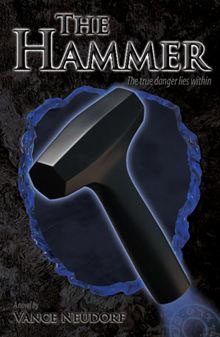
Maybe Vance just takes fifteen years to complete his writing projects - like me. OK, so back to the festival again. This next panel was about children's literature - a bit more up my alley.
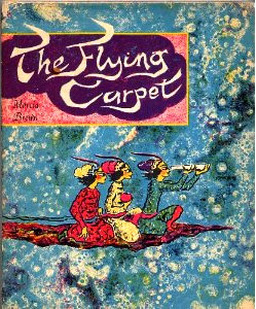
Ginger Mullen also mentioned that countless fairy tales feature the motif of a human who marries an animal. This reminded me of another children's book that tells just such a story: Errol Le Cain's The White Cat (which, I'm amazed to see, seems to be out of print). Luckily, I still have it:
| More unforgettable illustrations. The next panellist spoke about this book pictured on the right. I've seen Sherman Alexie's book around, but I haven't read it. Now, I think I'd better! |
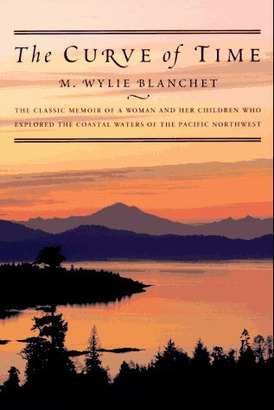
I can blame my aforementioned exclusive reading of YA books for my utter ignorance of The Curve of Time. Sounds pretty interesting... even if the book was lousy (which it sounds like it's definitely not), the premise sounds great: the true story of a single mother in the depression who takes her five children on boat trips along Canada's northwest coast... and then writes a book about it? Why hasn't every Canadian heard of this cool mama?
Hey, I took my son camping this year and I lasted one night... sleeping in a tent while pregnant did not agree with me. I felt kind of guilty to be such a wimp, and now I feel even more guilty (and wimpy). But hey, I'm making up for my lack of outdoorsy-ness in other ways, right? Like: just ask me to rattle off the names of a whole lot of Canadian YA books about outdoorsy stuff! I can do that with my eyes closed! Don't even get me started!
Actually, here's something I just read on its "Call for Submissions" page: a description of the project that sounds very much like something that might be a good description for When Words Collide, too:
The Centennial Reader straddles both worlds: the academic world and the popular publication world. Submissions should therefore apply intellectual thought to topical concerns, offered in an entertaining and popular way.
And now - the last panel (for me). I couldn't attend on Sunday, by the way, so all these sketchnotes are just from Friday & Saturday's talks.
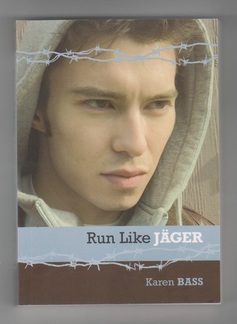
I know - I should have gone to the "What's new in YA fiction?" panel!! It was on the top of my list! But it was also at 10 AM on Saturday morning and I had to help out at the (amazing) Inglewood Night Market the night before... so it didn't happen. (Check it out, folks - there's only one more Night Market this year, and it's on Friday, September 13th.)
Anyway - I missed the panel and had to take a guess with regards to something good in new YA fiction. I chose a book called Run like Jaeger from Owl's Nest Books. I chose it for two reasons: one, it was by an Alberta author (Karen Bass - who also worked as a librarian, like my favourite author Margaret Mahy). And two, it looked like it was set in Germany. I used to go there a lot, but I haven't been there in almost two years, so I figured this story might keep me in the loop a bit. Then, after I bought it, I realized it was about an exchange student from Calgary who spends a year in Germany! Well. I did that too, a really long time ago.
Funnily enough, even though the action of the story takes place in Germany, the protagonist's "real" home is in Calgary, so that's ALMOST one for Calgary is Awesome's list of books set in Calgary.
Almost.
Thanks, When Words Collide, for a great weekend... it's nothing short of inspiring to glimpse what's going on out there in the world of local literature! Now I'll be retreating to my neighbourhood again for a while. But not too long. I promise it won't take me another fifteen years to finish that neverending story.

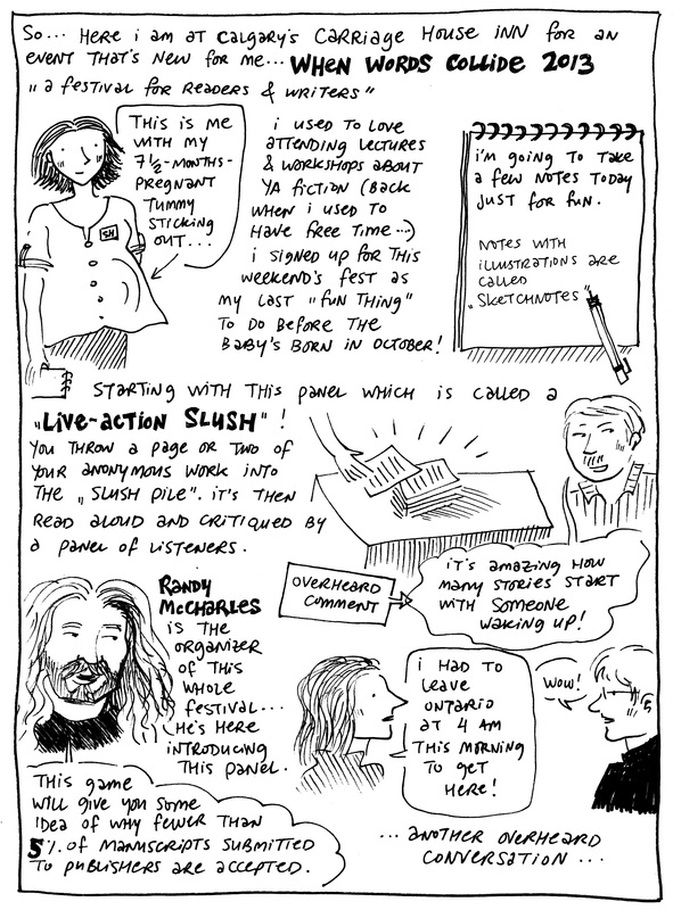
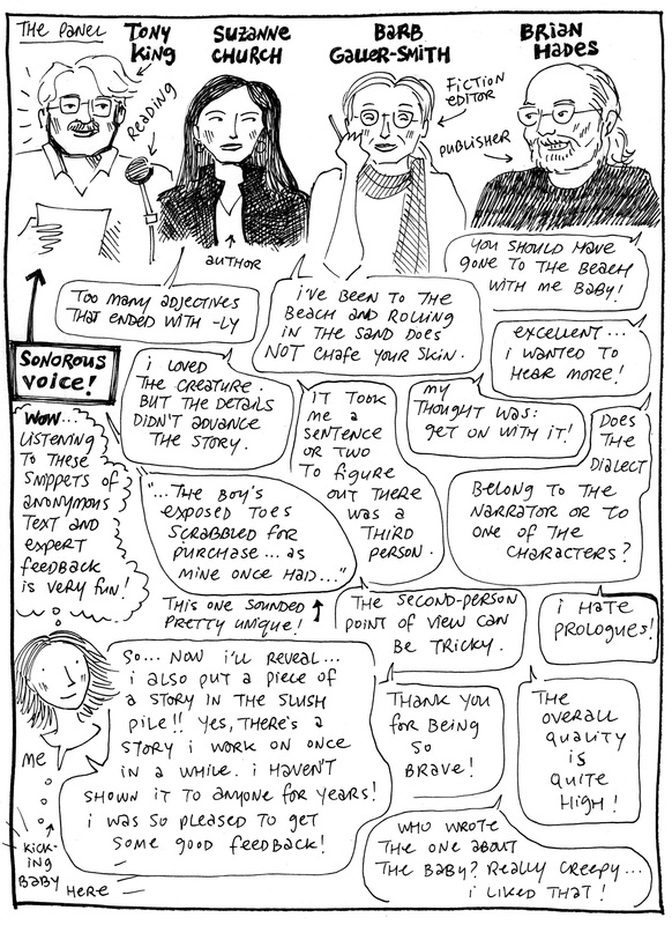
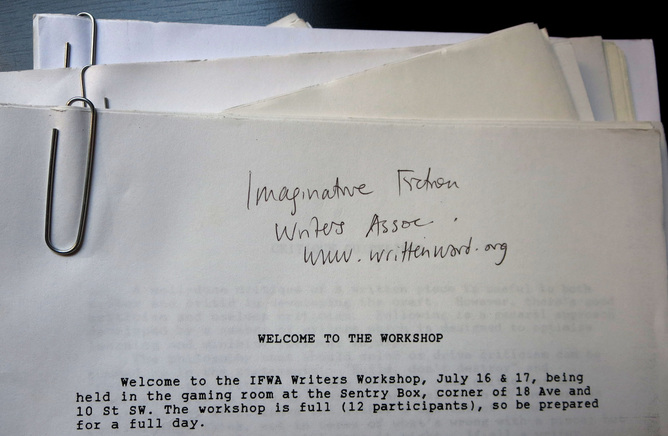



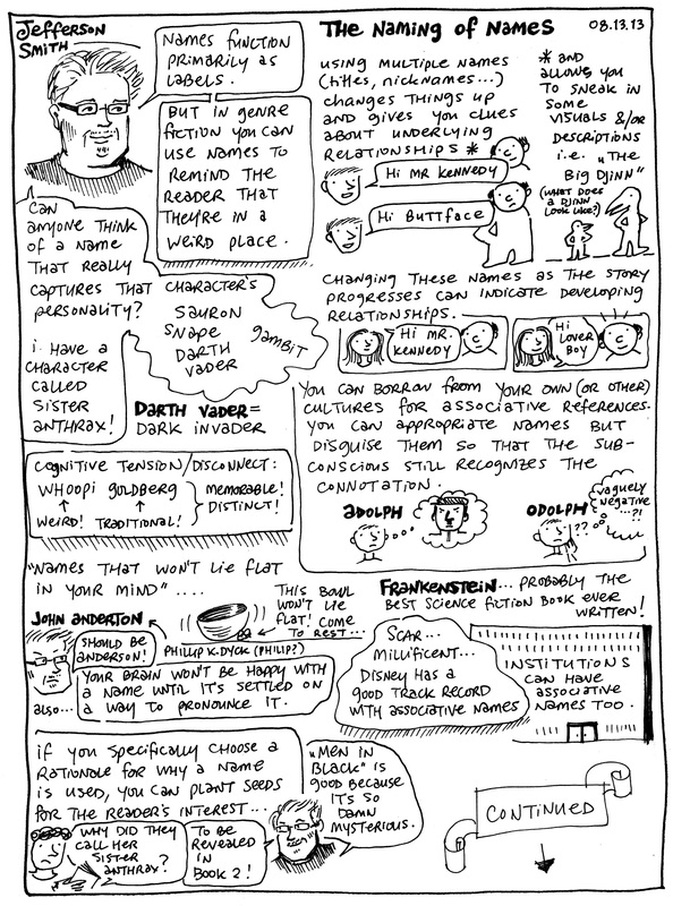
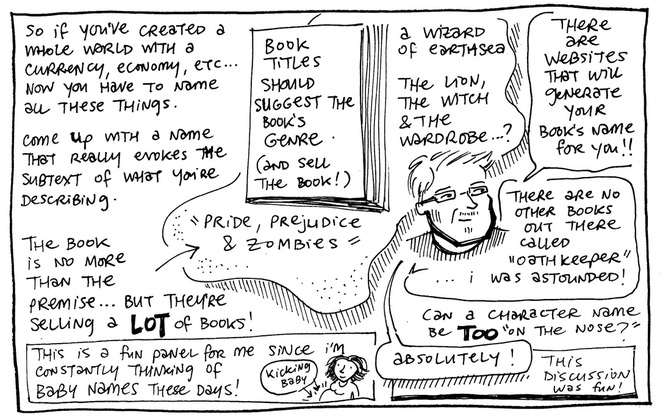
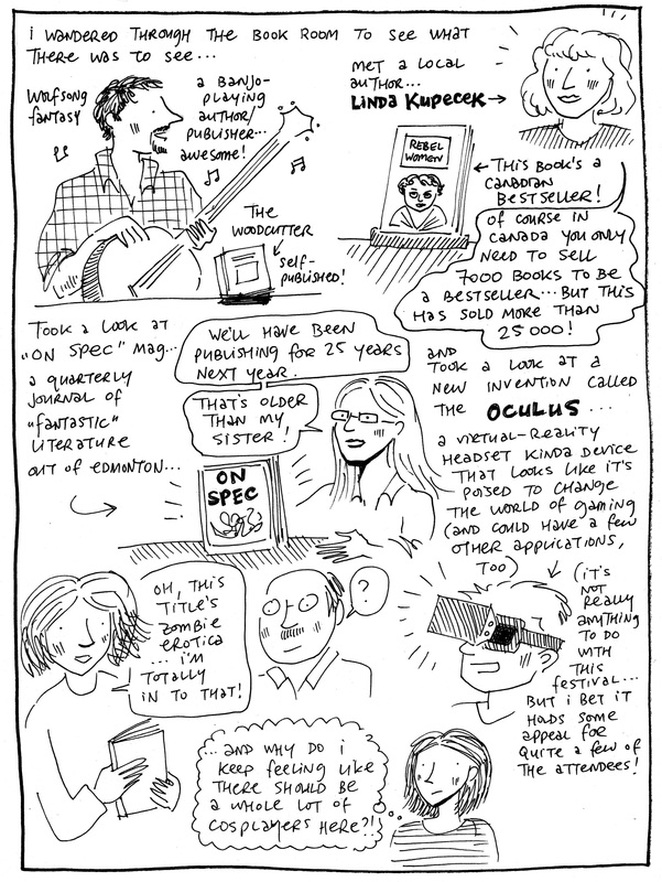
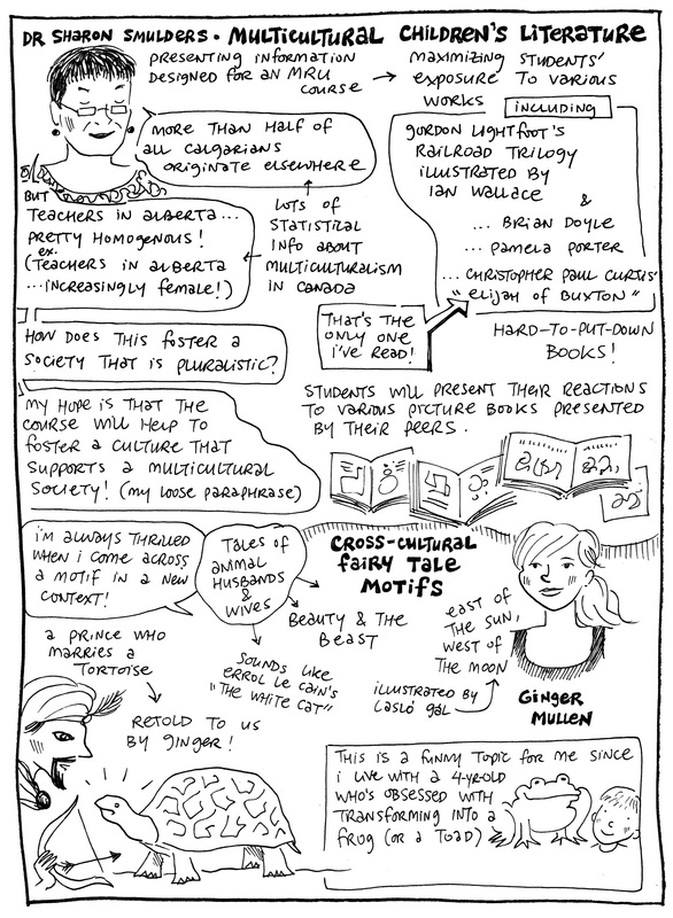
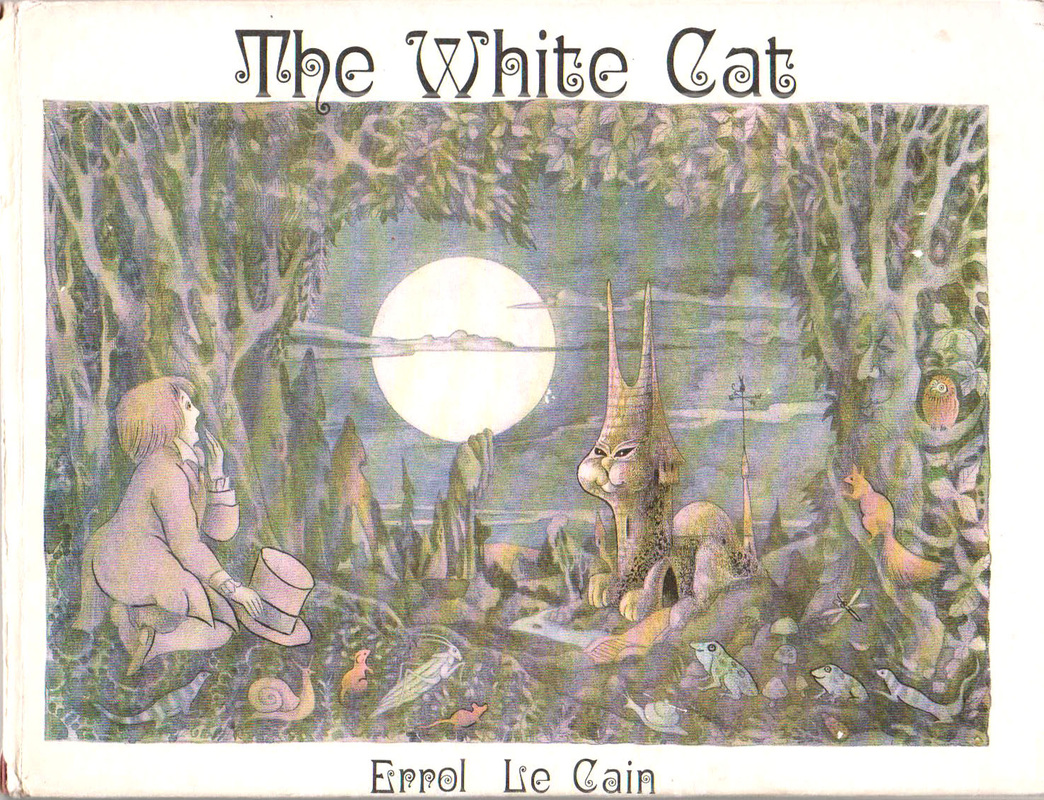
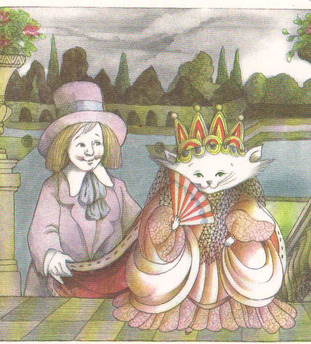
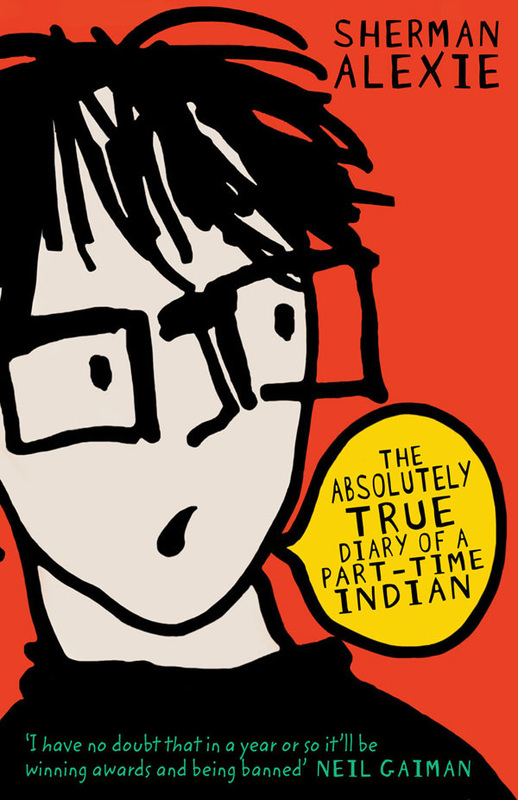
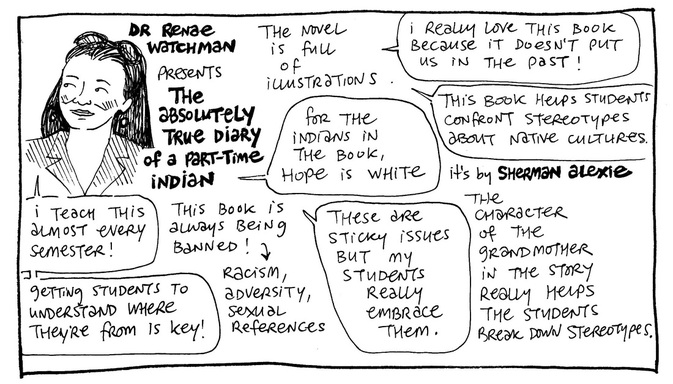
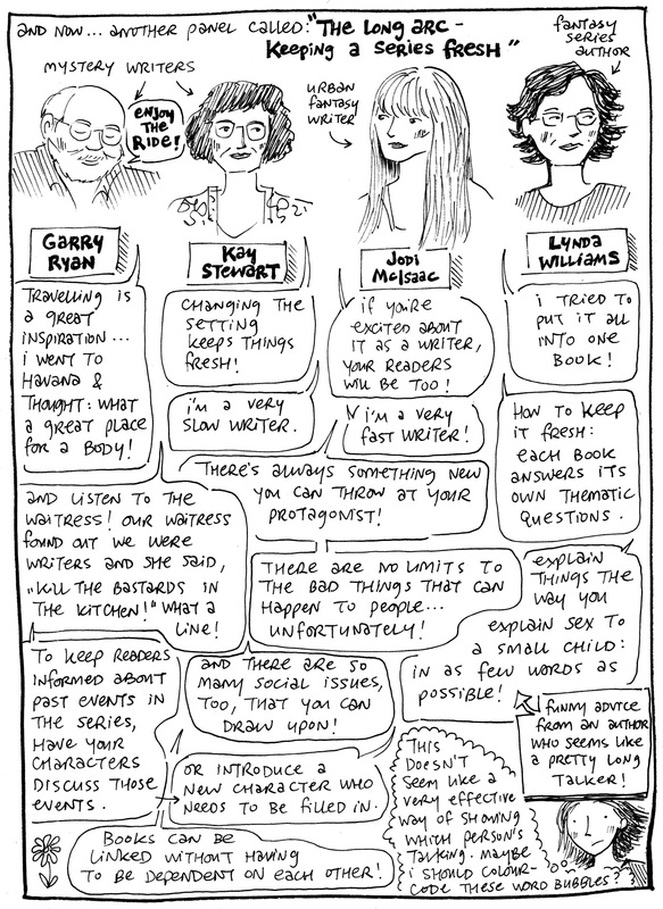
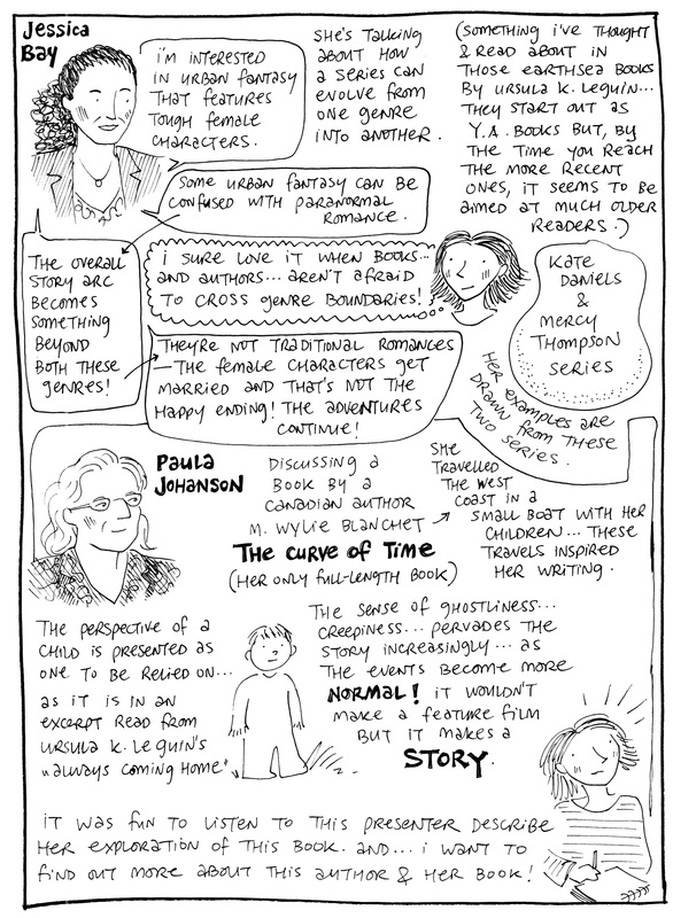
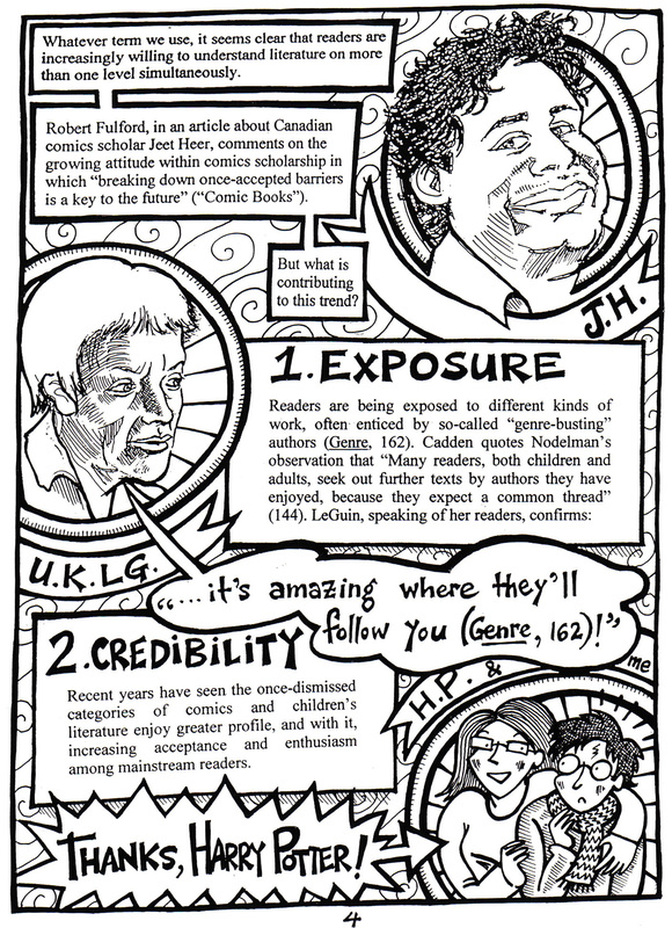
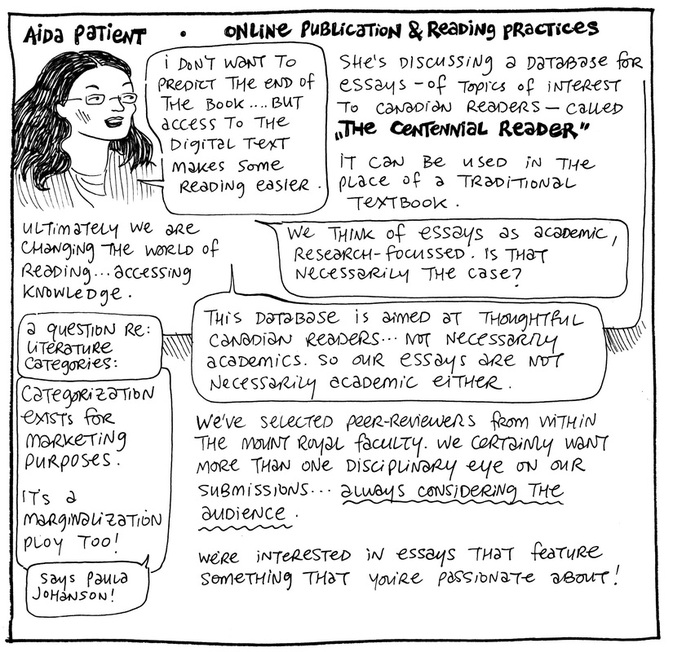
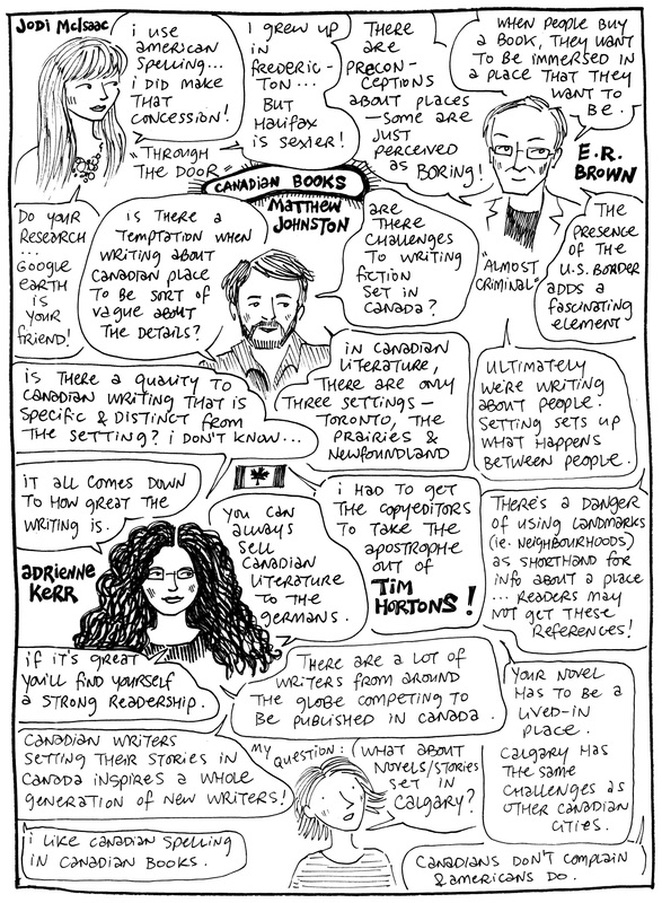
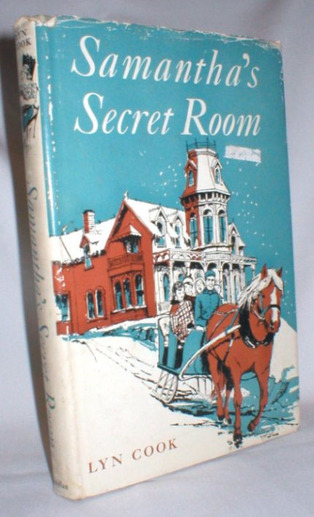
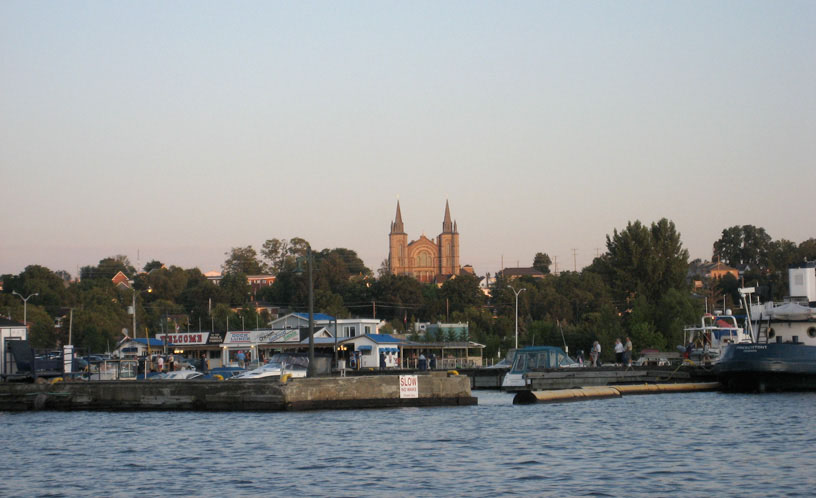
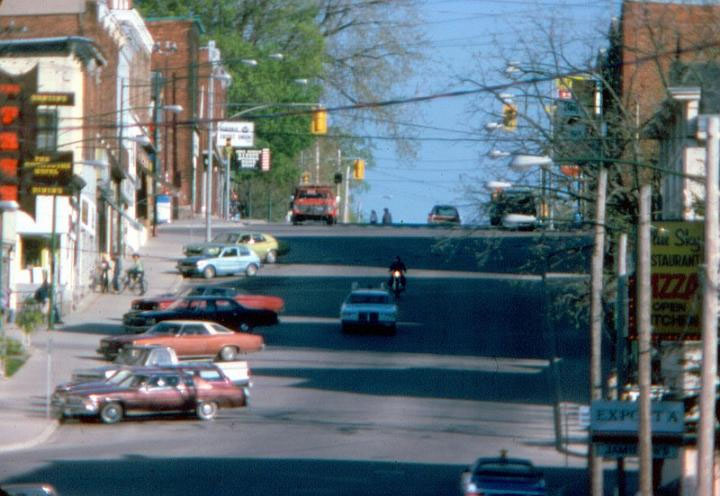
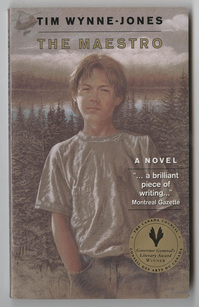
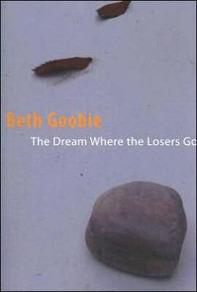
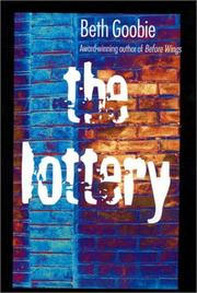
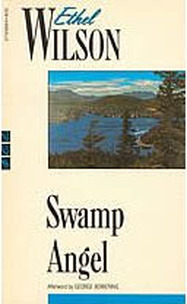
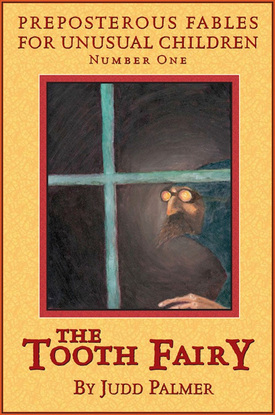
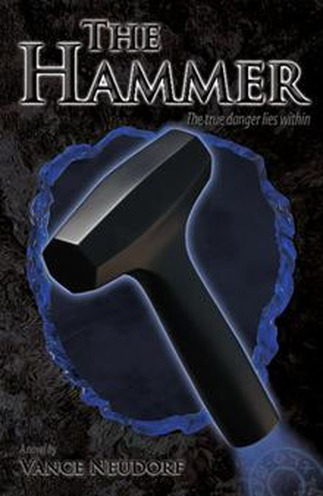
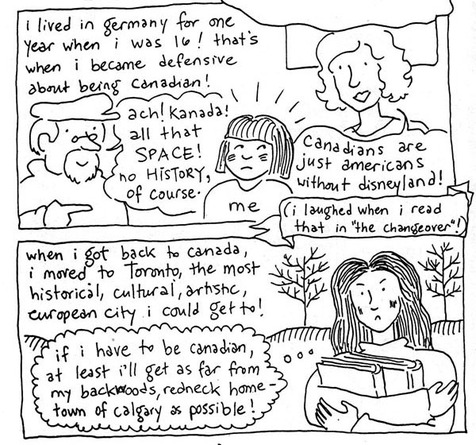
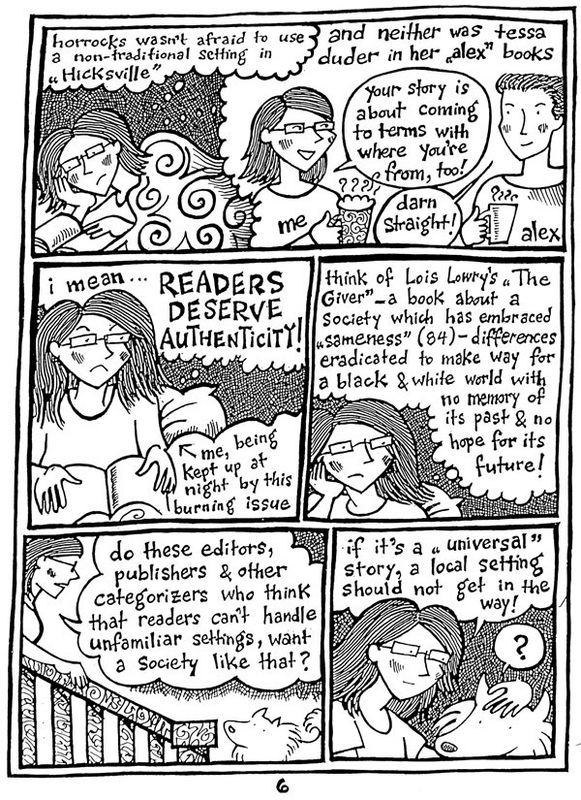
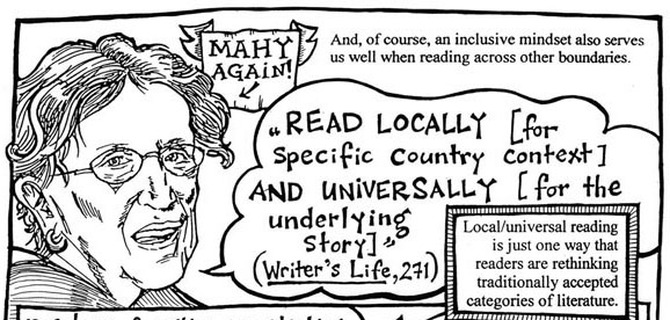
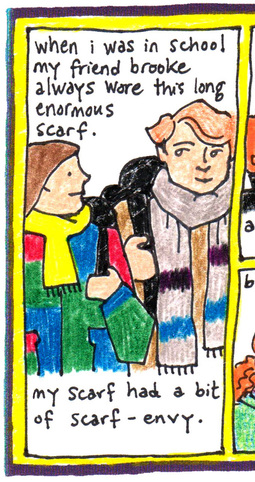
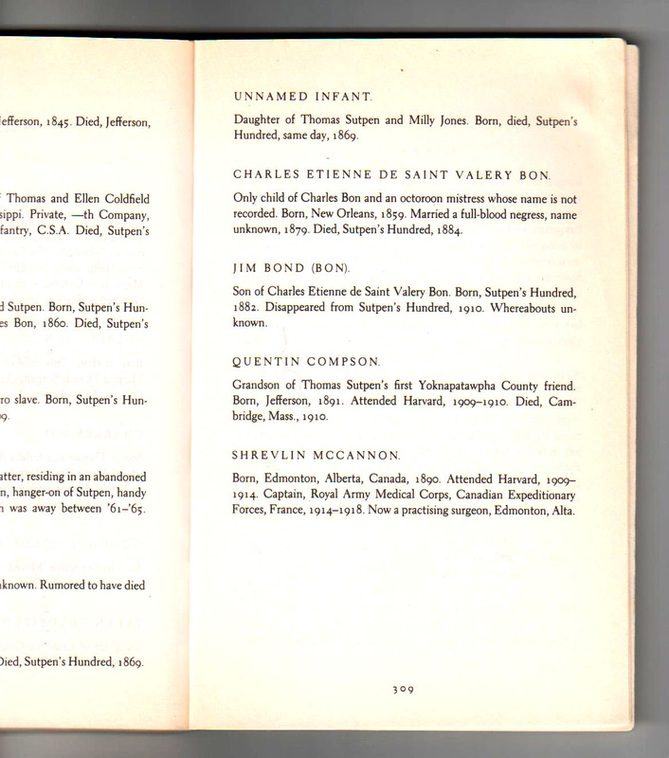
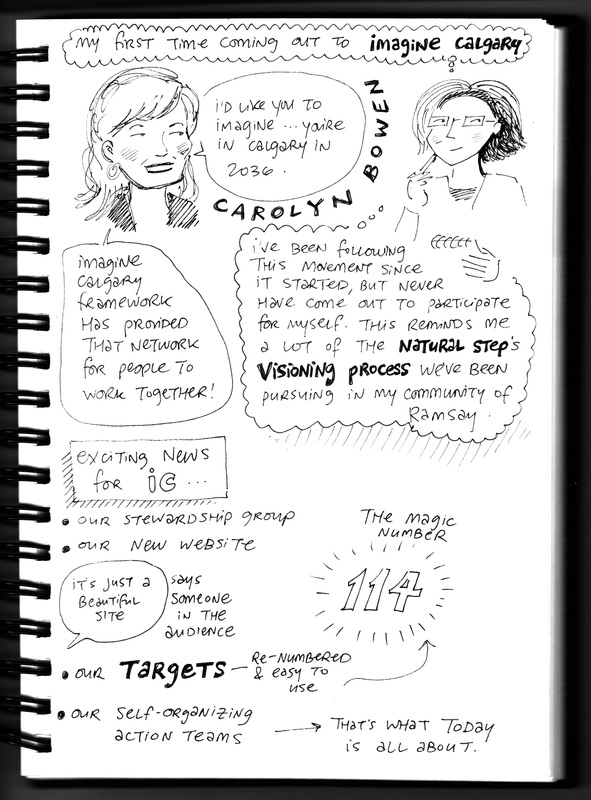
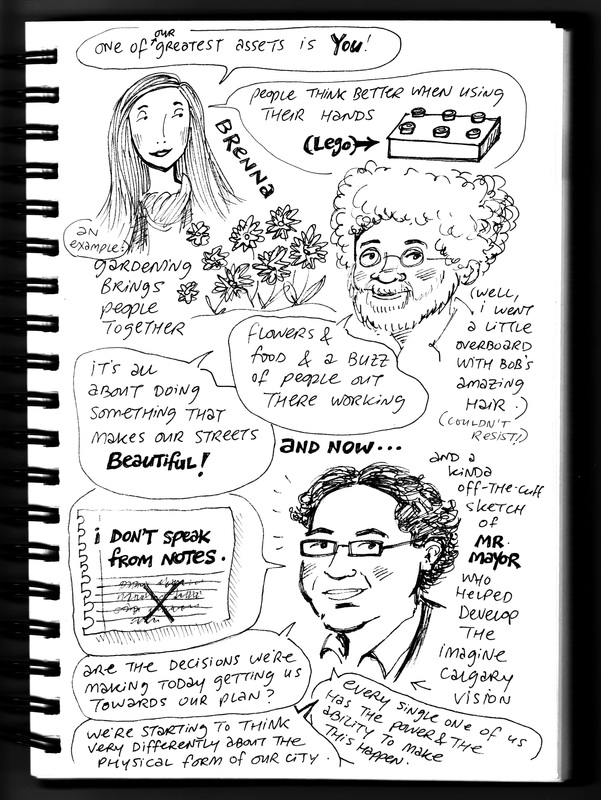
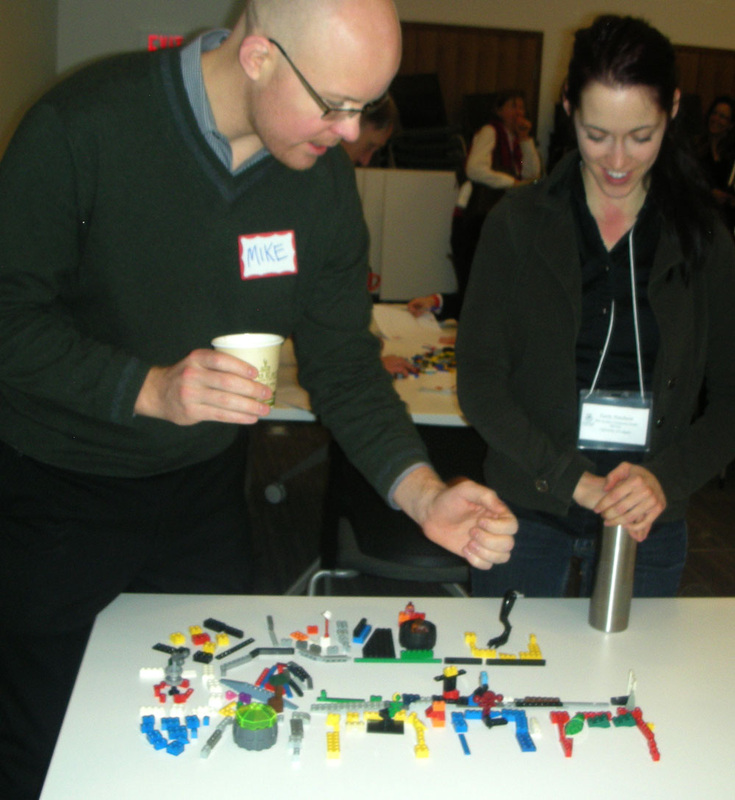
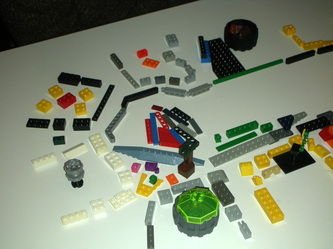
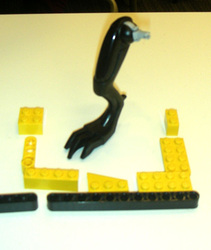
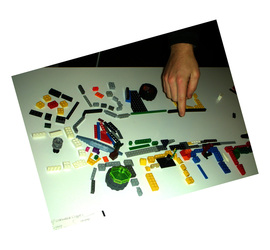
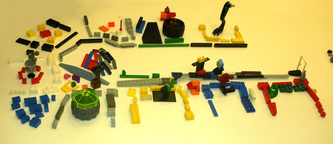
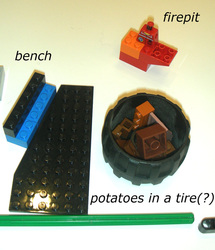
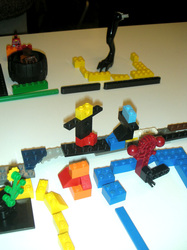
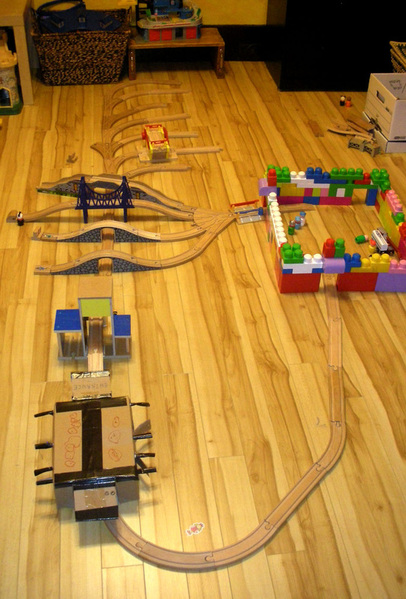

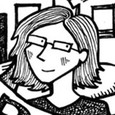
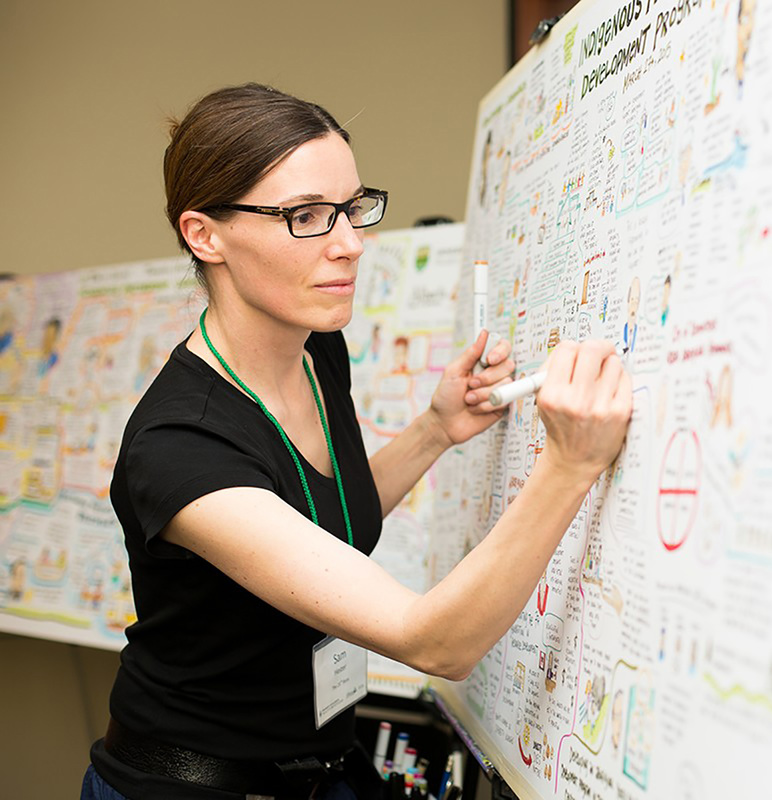
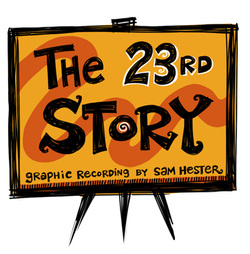
 RSS Feed
RSS Feed